How to Use the Disk Space Usage Tool in cPanel
II. How to Create an Email Account in cPanel
III. How to Set Your Default Address in cPanel
IV. How to Set Up an Autoresponder in cPanel
V. How to Set Up Email Forwarding in cPanel
VI. How to Set Up Email Filters in cPanel
VII. How to Enable Spam Protection in cPanel
VIII. How to Add an MX Entry in cPanel
IX. How to Use Webmail From Within cPanel
X. How to Change Your cPanel Password
XI. How to Update Your Contact Information in cPanel
XII. How to Change Your cPanel Theme
XIII. How to Change the Primary Language in cPanel
XIV. How to Add a Record With the DNS Zone Editor in cPanel
XV. How to Backup Your Website in cPanel
XVI. How to Use the Disk Space Usage Tool in cPanel
XVII. How to Create Additional FTP Accounts in cPanel
XVIII. How to Password Protect a Directory in cPanel
XIX. How To Use the IP Blocker in cPanel
XX. How to Set Up Hotlink Protection in cPanel
XXI. How to Create a Subdomain in cPanel
XXII. How to Create an Addon Domain in cPanel
XXIII. How to Create a Domain Alias in cPanel
XXIV. How to Set Up Domain Redirects in cPanel
XXV. How to Create a MySQL Database in cPanel
XXVI. How to Use the Index Manager in cPanel
XXVII. How to Create Custom Error Pages in cPanel
XXVIII. How to Set Up a Cron Job in cPanel
An important part of system administration is managing storage. The Disk Space Usage tool in cPanel is a vital part of keeping disk space under control. There is nothing worse than your server storage filling up and your sites going down.
The most important thing to know is how to use the Disk Space Usage tool in cPanel so you see what files are too large and address them quickly. This guide will help you with that.
Requirements
This guide requires that you have the following:
- A server with cPanel.
- Your cPanel login credentials.
How to Use the Disk Space Usage Tool in cPanel
1. Login to cPanel.
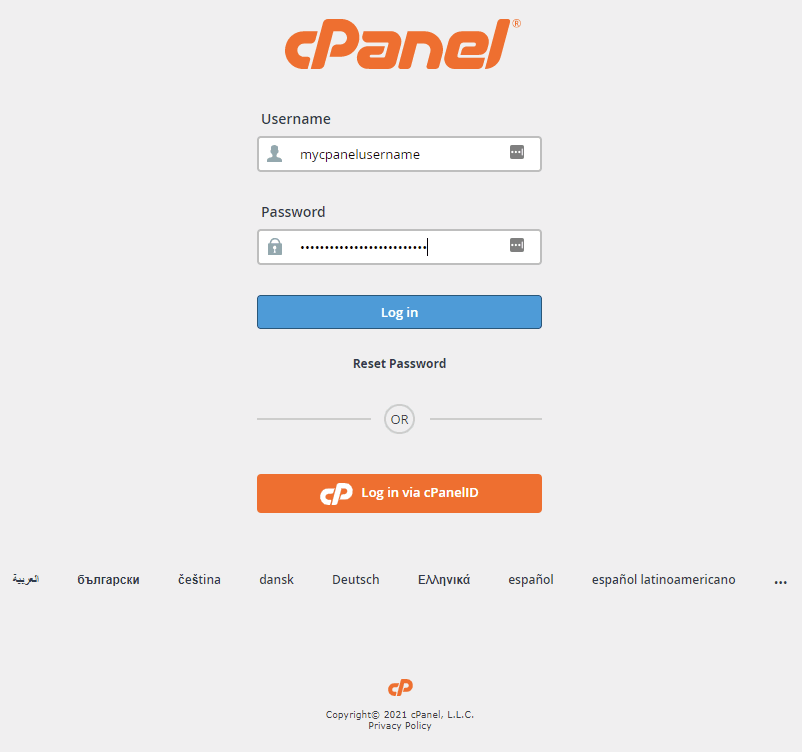
2. Click on Disk Usage.
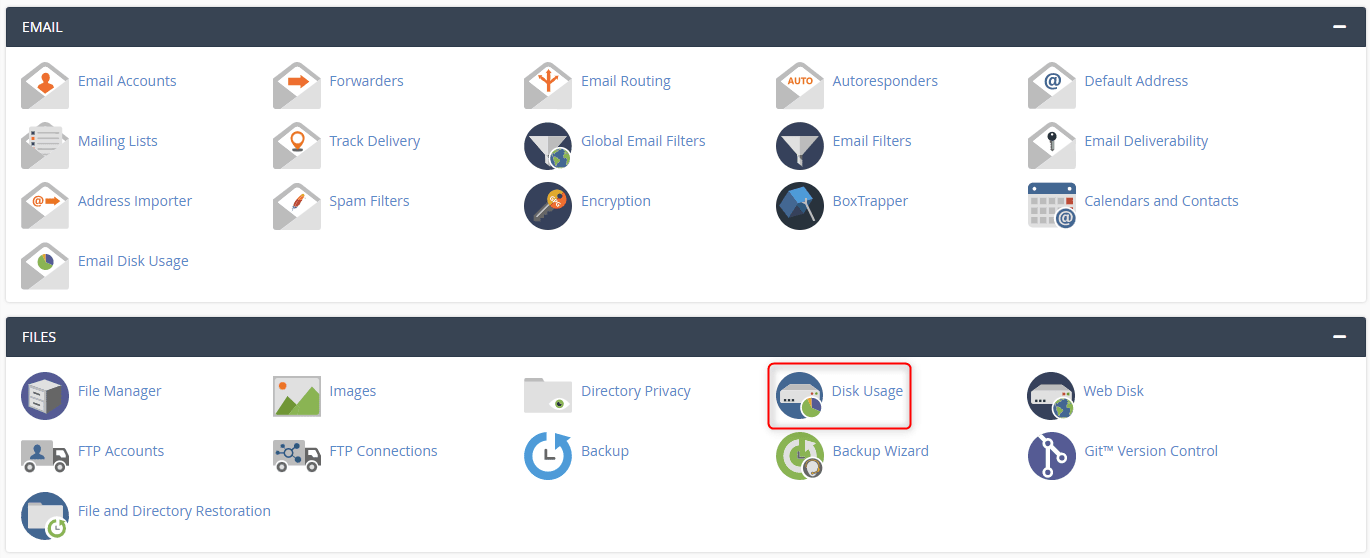
3. On this screen, you can see how much storage space each directory and sub-directory on your account uses.
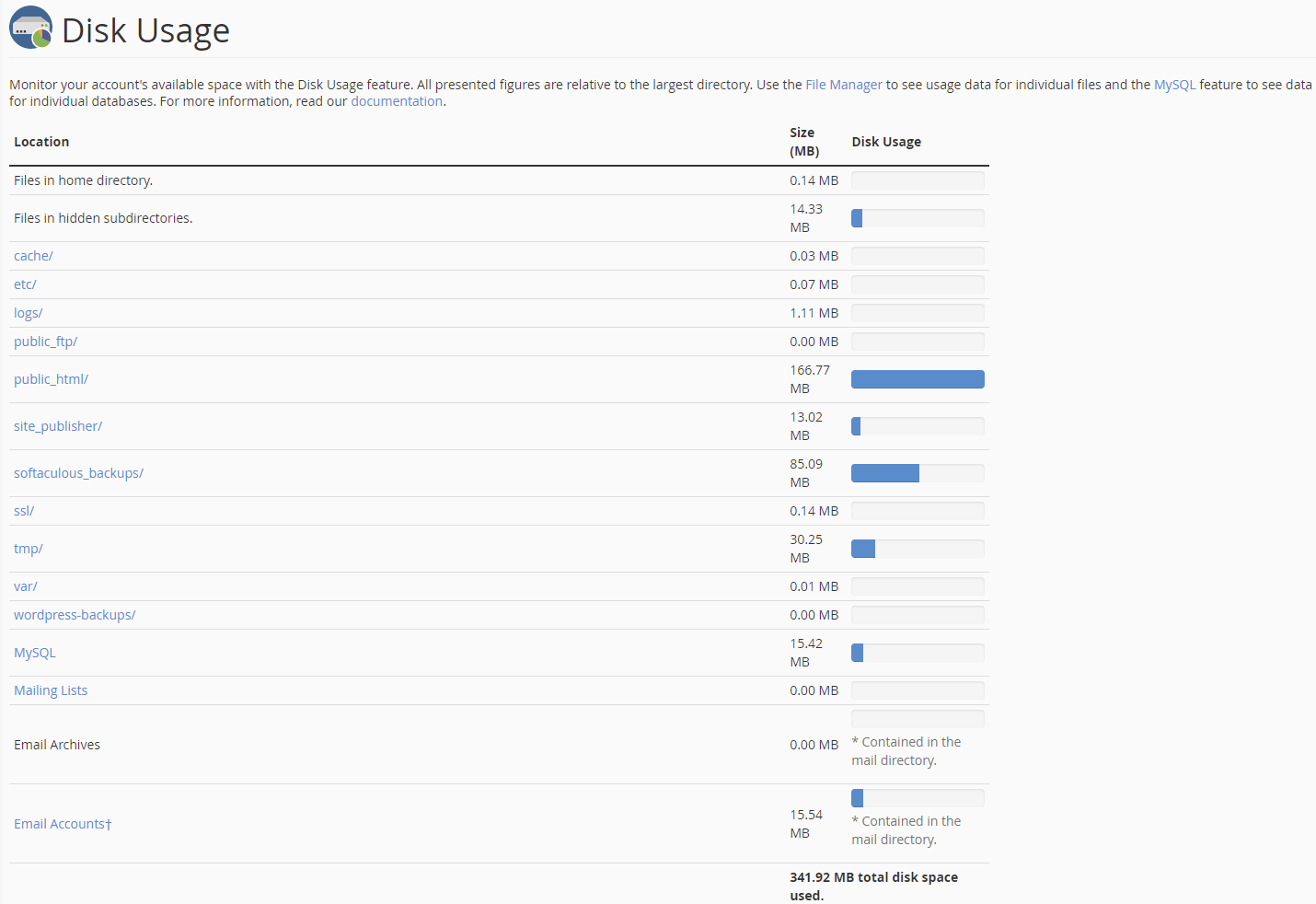
4. There is a collapsible list of directories at the bottom of the page.
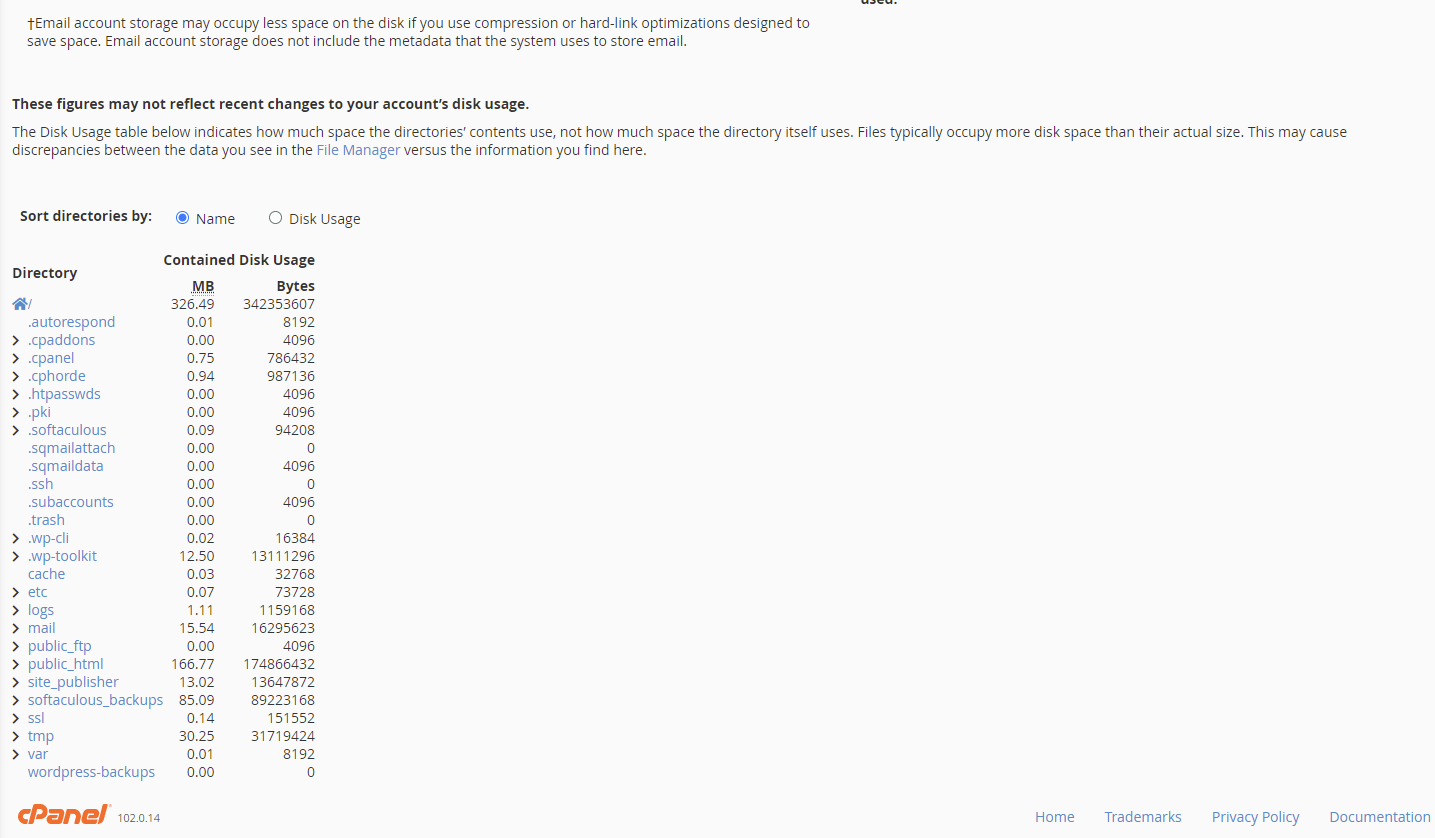
5. Clicking the arrow next to one of the directories expands it revealing the specific files and folders and their usage.
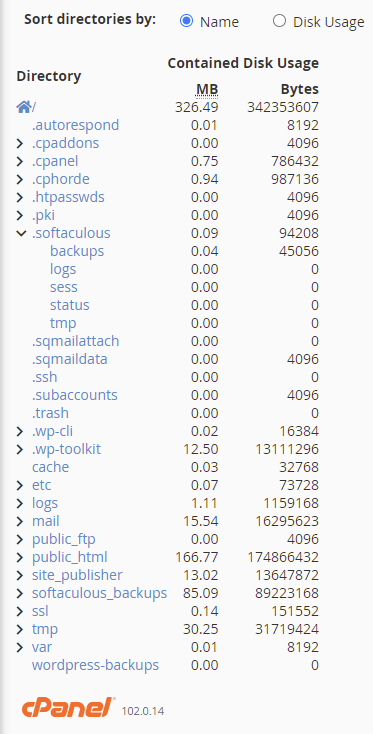
6. Clicking a directory or folder name opens the File Manager in a new window along with the contents. From here, you can sort the folders by name or disk usage. You can also manage the files from here to ensure expendable files remain under usage.

Wrapping Up
Now that you know how to use the Disk Space Usage tool in cPanel, you can maintain your usage. Your sites and clients will thank you.
Are you familiar with cPanel but still need the comfort of knowing someone has your back? Our support team is available for fully managed Liquid Web customers to assist with cPanel functionality. Contact our sales team for more information on our managed hosting options.
Related Articles:

About the Author: Ronald Caldwell
Ron is a Technical Writer at Liquid Web working with the Marketing team. He has 9+ years of experience in Technology. He obtained an Associate of Science in Computer Science from Prairie State College in 2015. He is happily married to his high school sweetheart and lives in Michigan with her and their children.
Our Sales and Support teams are available 24 hours by phone or e-mail to assist.
Latest Articles
In-place CentOS 7 upgrades
Read ArticleHow to use kill commands in Linux
Read ArticleChange cPanel password from WebHost Manager (WHM)
Read ArticleChange cPanel password from WebHost Manager (WHM)
Read ArticleChange the root password in WebHost Manager (WHM)
Read Article


